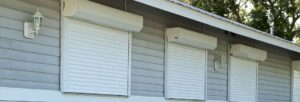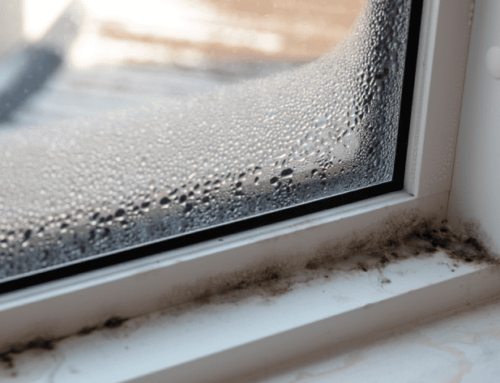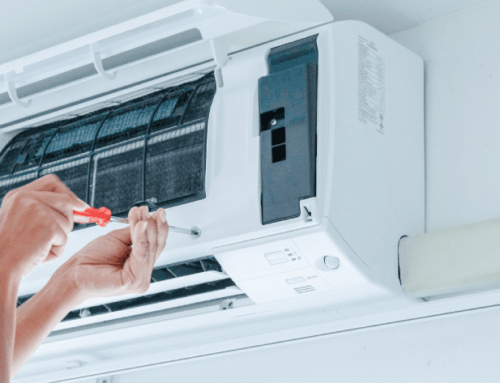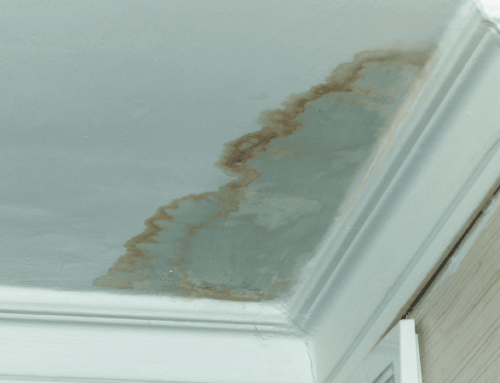Now’s not the time to let your guard down if you want to continue to enjoy the beauty and bounty that you’ve worked so hard for. Here are a few essential tasks (some would say chores, but that’s such an ugly word) to perform throughout August.
The first and foremost is to ensure all your plants continue to receive adequate water. Thundershowers notwithstanding, August can be very dry and hot. Like people, plants can struggle along with poor nutrition for quite a while, but without water, death can occur within a few days. In addition to ensuring metabolic functions continue normally, water is essential for photosynthesis, cooling and nutrient uptake. This latter occurs somewhat passively as water, loaded with dissolved nutrients, is absorbed through the root system. What may appear as nutrient deficiencies (yellow or purple leaves, poor fruit development, stunted growth) may simply be a lack of adequate water.
If your plants have just started to wilt, they will recover if they receive water immediately. Left too long, they may recover only partially, appearing permanently wilted, with flower buds, blossoms and fruit dropping off. Damage to tomatoes can appear long after the plant has recovered. Any fruit that established during the stress period can develop a condition called blossom end rot. The fruit may appear normal from the top, but the bottom will be brown and mushy. Other plants like peppers can be affected as well. The easiest way to prevent this disorder is to ensure even soil moisture throughout the growing season.
In general, give your lawn and garden one inch of water per week, taking into account anything that falls for free from the sky. It is better to irrigate deeply infrequently to encourage deep rooting rather than several short bursts of water. This will help drought-proof your plants. Time how long it takes to capture one inch of water in a shallow container on the ground when irrigating to gauge how long to run your sprinklers. Don’t forget to keep your compost pile moist to keep it humming along too. And containers need to be watered daily.
Do not fall behind on weeding. Weeds are well adapted to poor growing conditions, are extremely competitive, take advantage of open spaces and are particularly good at reproduction and establishment. If you let them go to seed, you will be fighting a bigger battle next year. Watch out for winter annual weeds. These are weeds that germinate in late summer/early fall (like shepherd’s purse, stinkweed, chickweed) and overwinter as an evergreen, ready to flower in early spring.
Avoid pruning trees and shrubs except to remove diseased or damaged branches. Pruning now may stimulate new, succulent growth at a time when the plants should be starting to prepare for winter with current season growth maturing and ceasing to grow. Wait until mid-September to do any more maintenance pruning for the year.
Continue to deadhead your ornamental plants. This includes summer flowering shrubs like spirea and potentilla. Give these a very light shear to just remove the spent flowers. This will do three things. One, it will keep your plants and garden looking tidy. Two, it may encourage more flowering. And three, energy will be directed from producing fruit and seed to sending the root system to help perennial plants survive our prairie winter. It will also ensure that these plants do not become a weed problem in your garden. The seed-heads of some late flowering plants like hydrangea can be left to provide winter interest.















